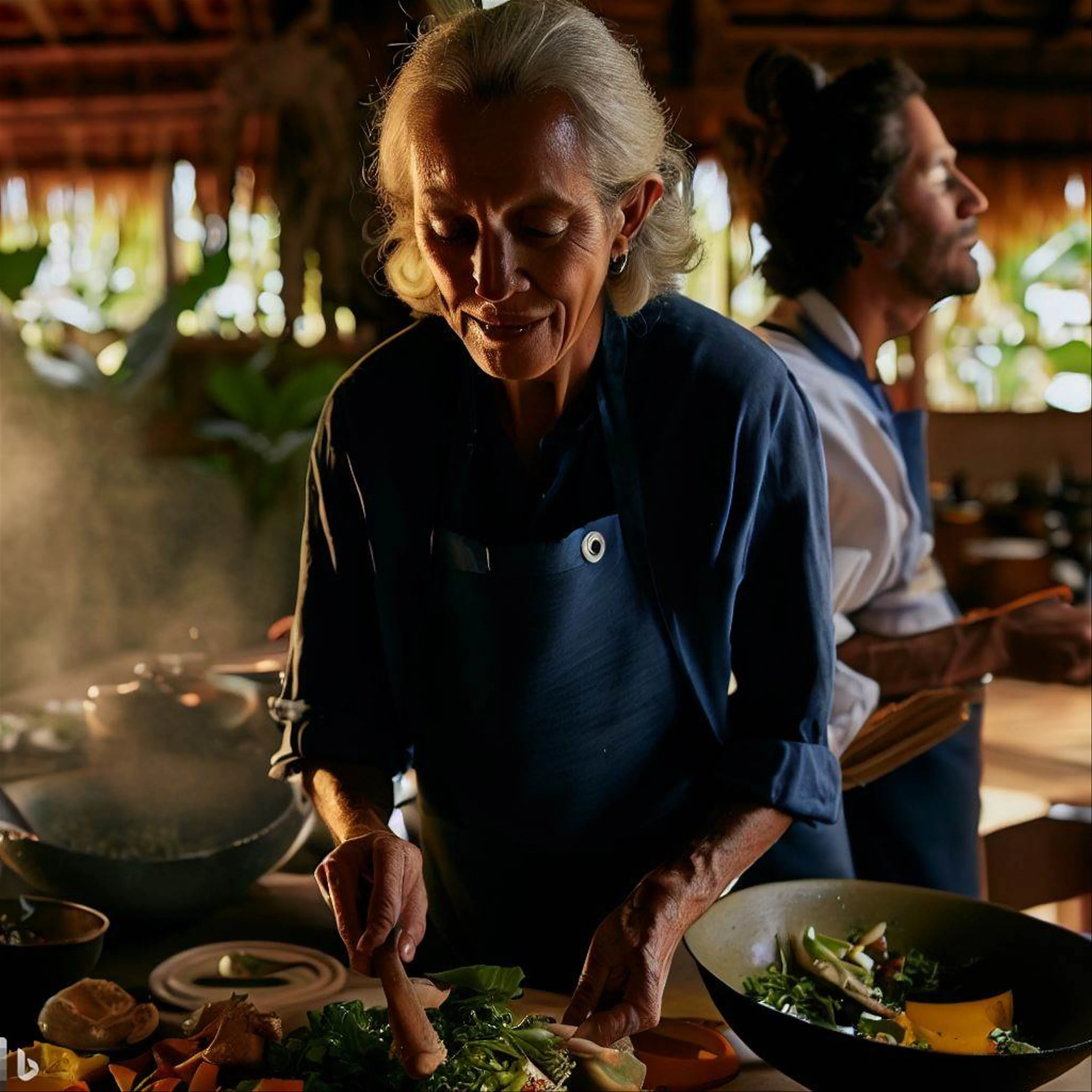
Who are you? This is a simple question, but not an easy one to answer. We often define ourselves by our roles, labels, or achievements. We say we are a parent, a spouse, a friend, a student, a teacher, a doctor, a lawyer, etc. We say we are smart, funny, kind, ambitious, loyal, etc. We say we have a degree, a job, a house, a car, etc.
But these are only superficial aspects of ourselves. They are not our true essence. They are not what makes us unique and valuable. They are not what gives us meaning and fulfillment.
To discover who we really are, we need to go deeper. We need to peel off the layers of our identity and reveal the core of our being. We need to practice the art of self-discovery.
Self-discovery is the process of exploring and understanding ourselves on a deeper level. It is the journey of finding out our strengths, weaknesses, passions, values, beliefs, goals, dreams, and purpose. It is the quest of uncovering our true potential and expressing it in the world.
Self-discovery is not a one-time event, but a lifelong adventure. It is not a destination, but a direction. It is not a fixed state, but a dynamic process. We are constantly evolving and changing as we encounter new experiences and challenges. We are always learning and growing as we interact with ourselves and others.
Self-discovery is also not an easy or comfortable process. It can be challenging, painful, or scary at times. It can involve facing our fears, doubts, insecurities, and limitations. It can require making changes, taking risks, or letting go of things that no longer serve us.
But self-discovery is also rewarding, empowering, and liberating. It can bring us joy, peace, and freedom. It can help us discover our gifts, our passions, and our purpose. It can enable us to live authentically, creatively, and meaningfully.
So how can we practice the art of self-discovery? Here are some tips to help you unveil the layers within.
Ask yourself questions. Questions are powerful tools for self-discovery. They can help you dig deeper into your thoughts, feelings, and motivations. They can also help you clarify your vision, your goals, and your actions. Some examples of questions you can ask yourself are:
- What do I love to do?
- What am I good at?
- What do I value most?
- What do I believe in?
- What do I want to achieve?
- What do I need to change?
- What am I grateful for?
- What am I proud of?
- What am I afraid of?
- What am I curious about?
You can write down your answers in a journal, or share them with someone you trust. You can also revisit your questions periodically and see how your answers change over time.
Try new things. Another way to practice self-discovery is to try new things. Trying new things can help you expand your horizons, learn new skills, and discover new passions. It can also help you challenge yourself, overcome your fears, and grow as a person. Some examples of things you can try are:
- Learn a new language, skill, or hobby.
- Travel to a new place, culture, or country.
- Join a new club, group, or community.
- Volunteer for a cause, project, or organization.
- Start a new project, business, or venture.
You don’t have to try everything at once, or commit to anything long-term. You can start small and experiment with different options. You can also have fun and enjoy the process.
Seek feedback. A third way to practice self-discovery is to seek feedback. Feedback can help you gain perspective, insight, and awareness about yourself. It can also help you identify your strengths, weaknesses, opportunities, and areas for improvement. Some examples of sources of feedback are:
- Self-assessment tools, such as personality tests, quizzes, or surveys.
- Professional guidance, such as coaches, mentors, or counselors.
- Personal support, such as family, friends, or peers.
You don’t have to accept all feedback as truth or act on all feedback as advice. You can use feedback as information or inspiration. You can also be selective and respectful when seeking and giving feedback.
These are some of the tips that can help you practice the art of self-discovery and unveil the layers within. But remember, self-discovery is not a linear or predictable process. It is a creative and personal process. It is your process. So follow your own pace, your own path, and your own intuition. You are the artist and the masterpiece of your own life.






